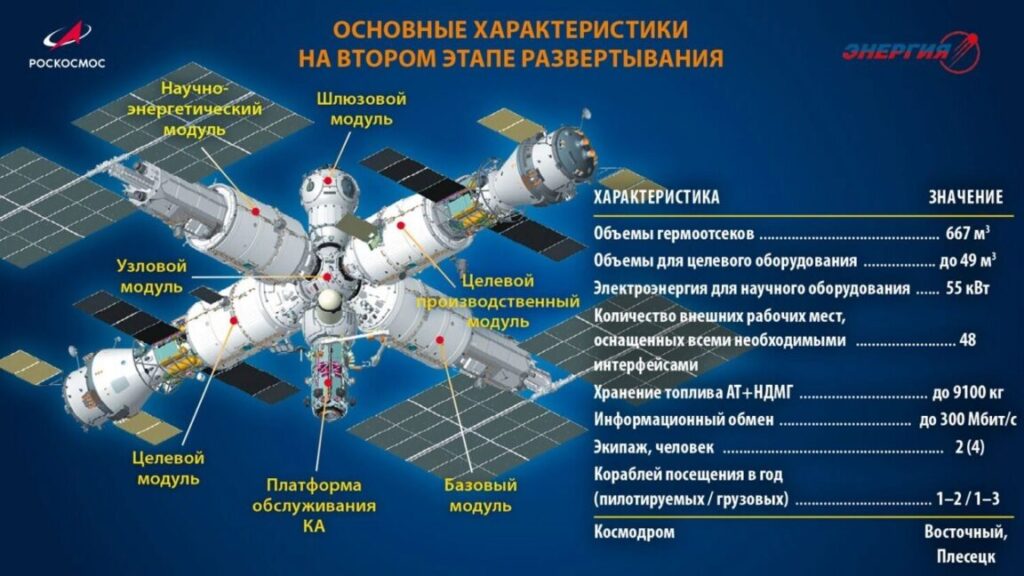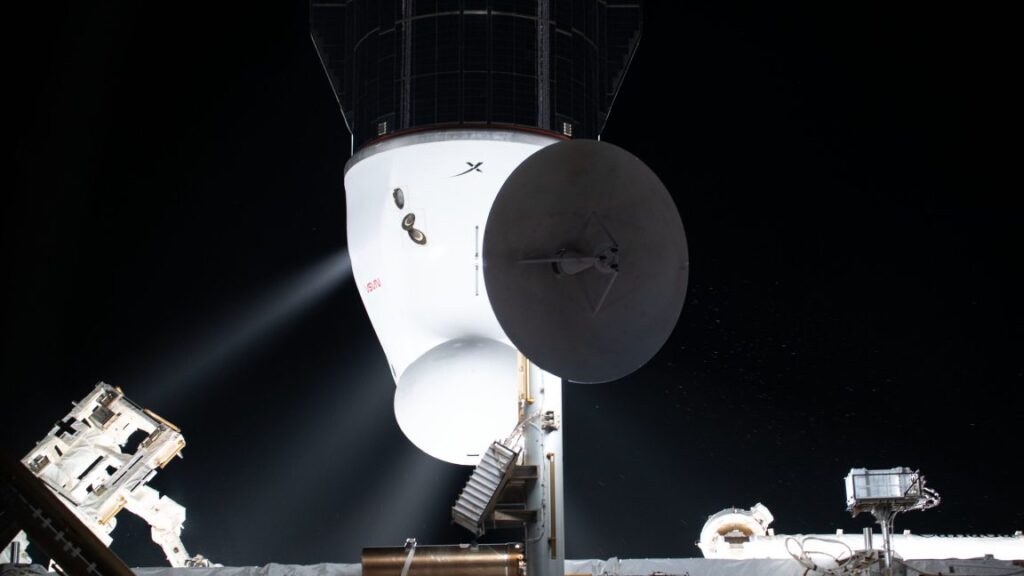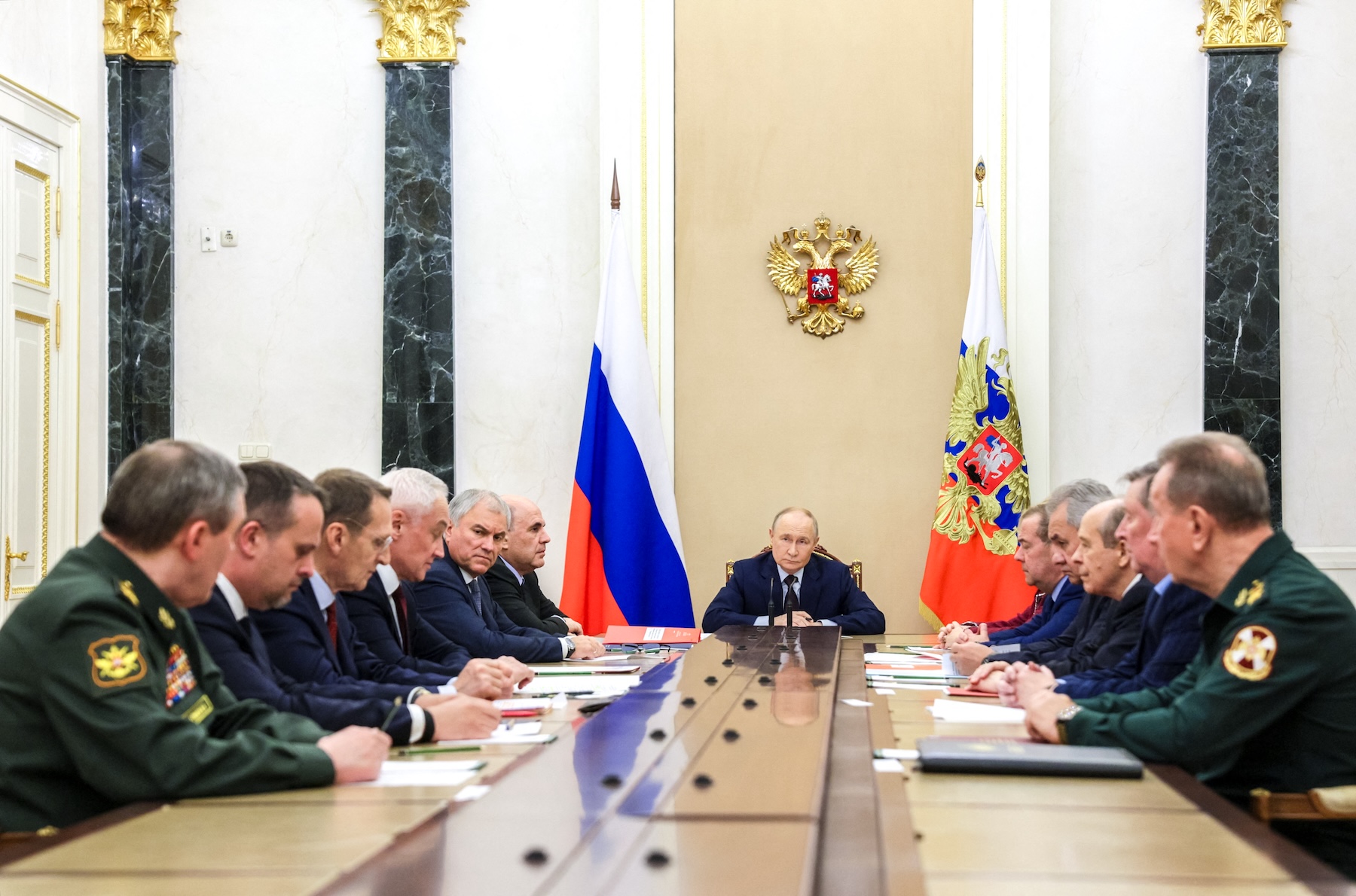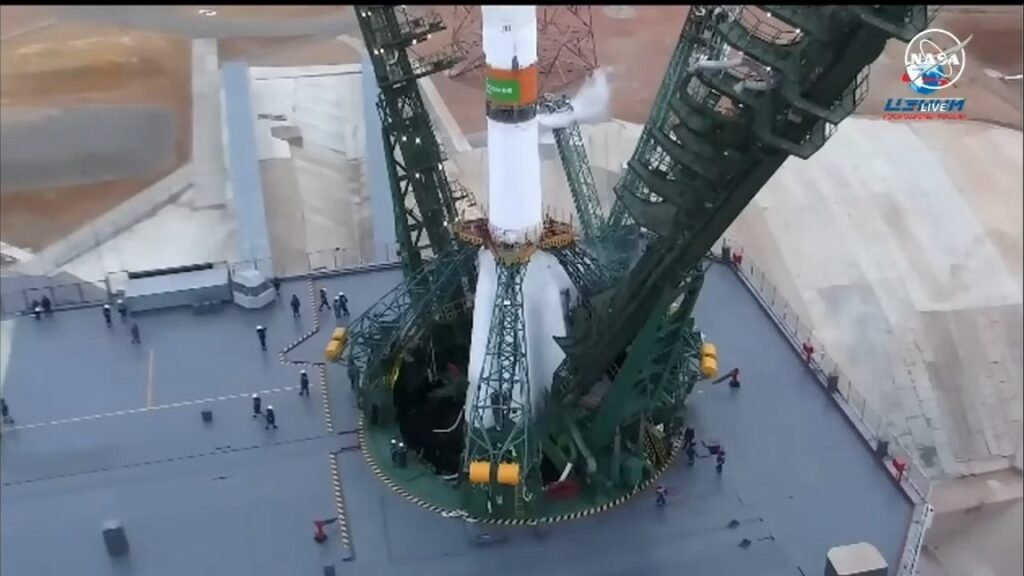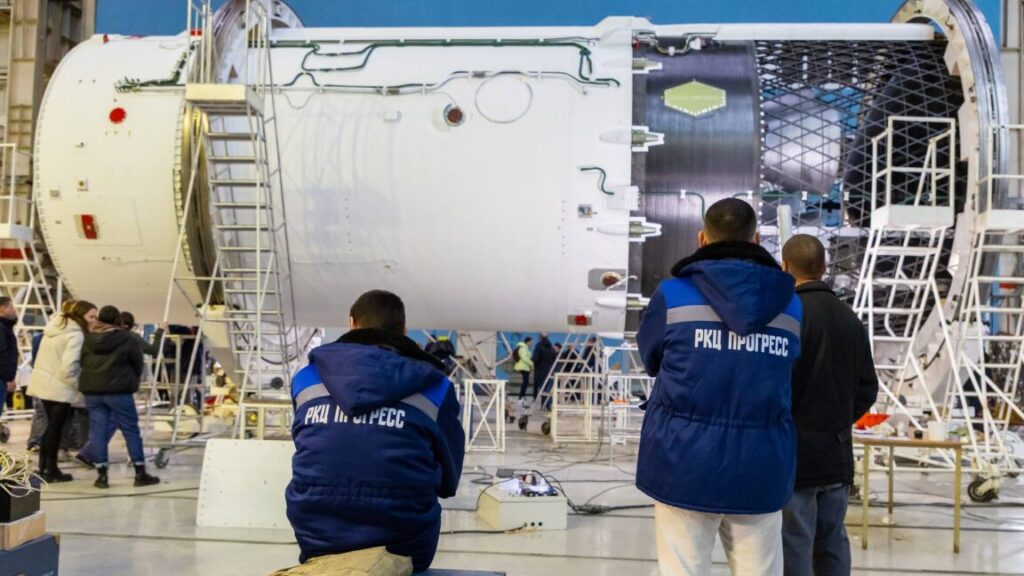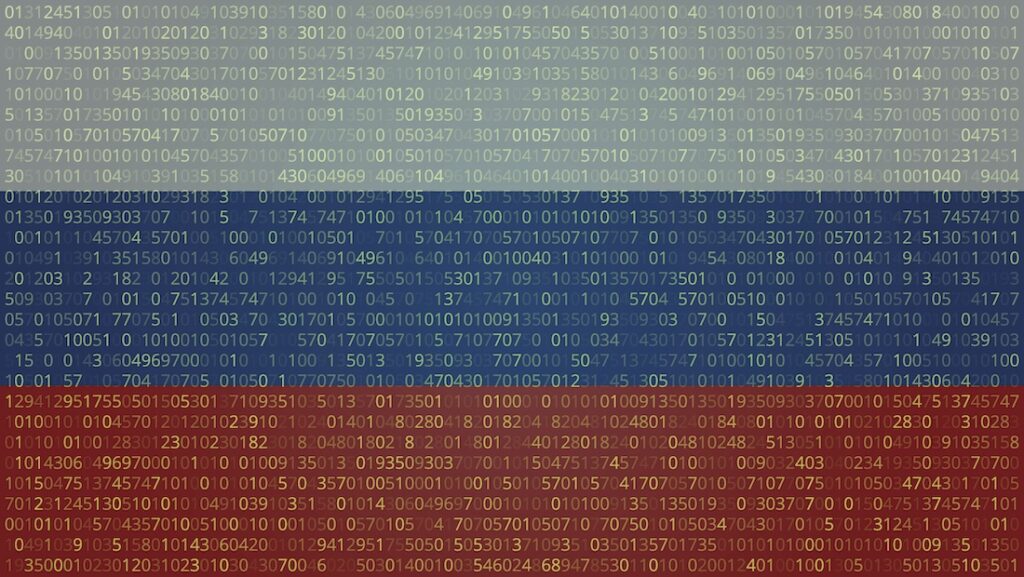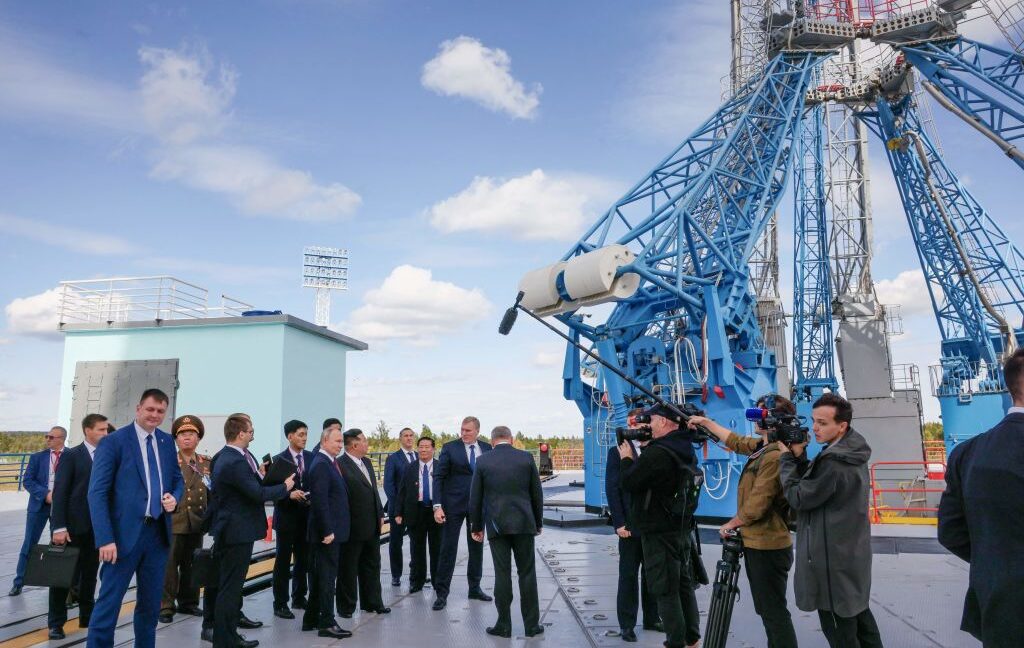After half a decade, the Russian space station segment stopped leaking
Their success with the long-running leak problem probably will not prevent new leaks from developing in the decades-old hardware. The Zvezda module was launched a quarter of a century ago, in July 2000, on a Russian Proton rocket. The cracking issue first appeared in 2019, and despite the long-running investigations, its precise cause remains unknown. But this is a nice win in space for both Russia and NASA.
NASA appears confident in pad repairs, too
There is other potential good news on the horizon regarding Russia’s civil space program. This involves the country’s primary launch pad for getting people and cargo to the International Space Station.
The problems there occurred when a Soyuz rocket launched Roscosmos cosmonauts Sergei Kud-Sverchkov and Sergei Mikayev, as well as NASA astronaut Christopher Williams, on an eight-month mission to the International Space Station in late November. The rocket had no difficulties, but a large mobile platform below the rocket was not properly secured prior to the launch and crashed into the flame trench below, taking the pad offline.
It is unclear when the pad, Site 31 at the Baikonur Cosmodrome in Kazakhstan, will come back online.
Russia had been targeting a return-to-flight mission in March 2026. NASA now appears to believe that. The US space agency’s internal schedule, which was recently updated, has the next Progress spacecraft launch set for March 22, followed by another Progress mission on April 26. The next Soyuz crewed mission, MS-29, remains scheduled for July 14th. This flight will carry NASA astronaut Anil Menon to the space station.
After half a decade, the Russian space station segment stopped leaking Read More »

